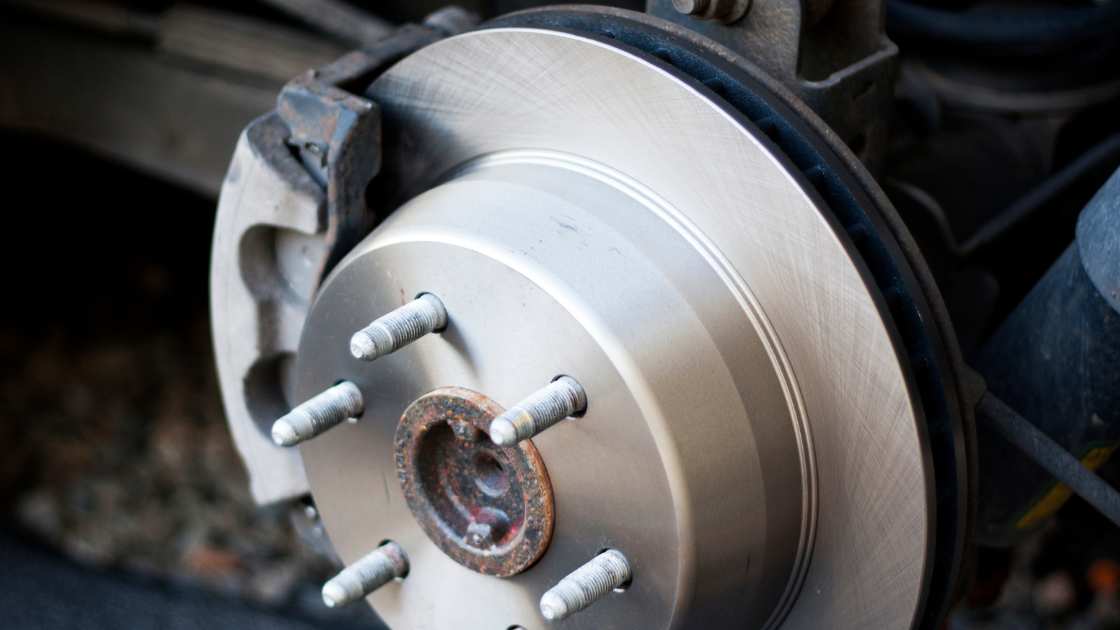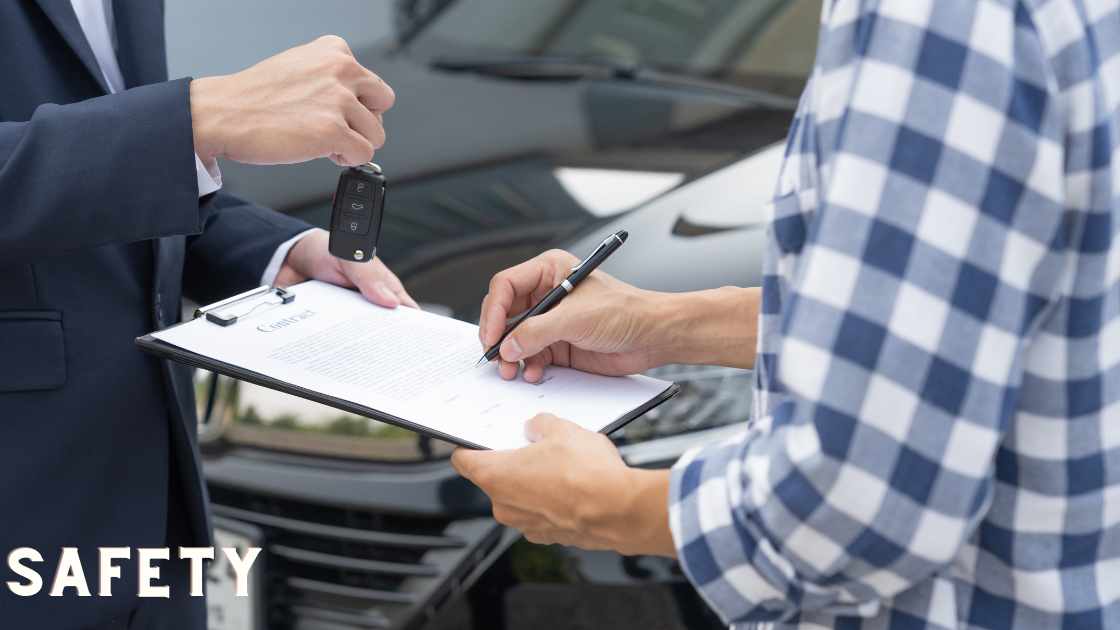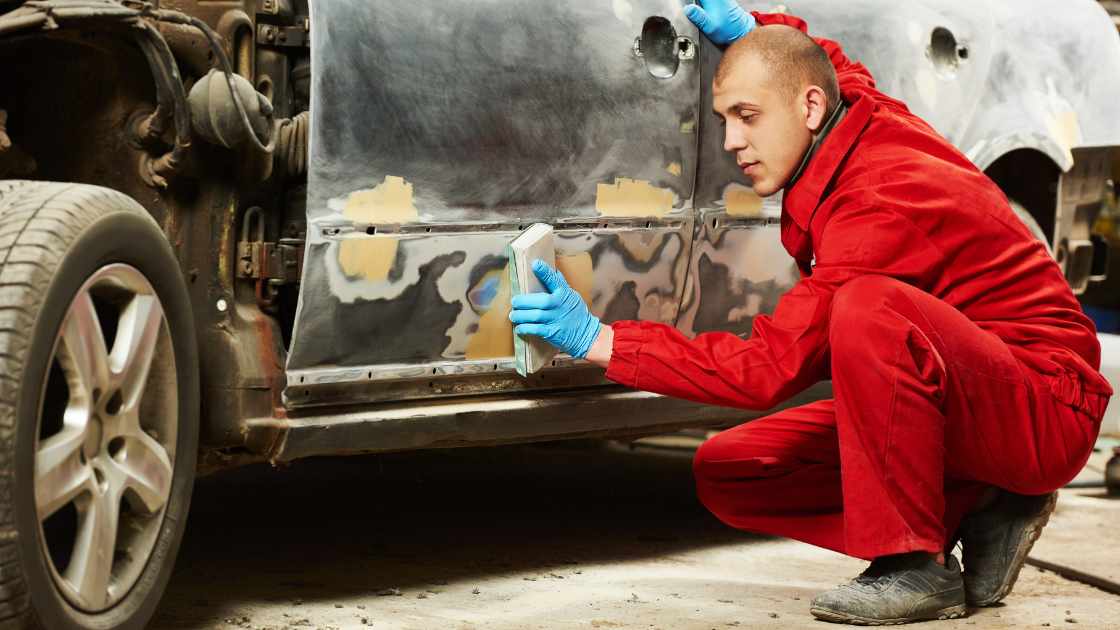As a driver, you know that your vehicle’s brakes are essential for your safety on the road. But have you ever wondered how hot your brake rotors can get during heavy use? In this article, we’ll dive into the science behind brake rotor temperature and explore the limits of your vehicle’s braking system.
Exploring the Temperature Limits of Your Braking System
The Basics: How Brakes Work
Before we dive into brake rotor temperature, let’s quickly review how brakes work. When you press the brake pedal, hydraulic pressure is applied to the brake pads, which then press against the brake rotor. Friction between the pads and rotor slows down the vehicle, and the kinetic energy is dissipated as heat.
The temperature of the brake rotor increases as you brake more aggressively or for longer periods. This increase in temperature can affect the performance and longevity of your brakes.
The Limits: How Hot Can Brake Rotors Get?
The maximum temperature that brake rotors can handle depends on several factors, including the type of brake rotor material, the size of the rotor, and the brake pad compound.
Typically, most brake rotors can handle temperatures up to 600-700 degrees Fahrenheit (315-370 degrees Celsius) before they start to experience heat-related issues such as brake fade, warping, and cracking. However, some high-performance brake systems, such as those used in racing cars, can handle temperatures up to 1,500 degrees Fahrenheit (815 degrees Celsius).
Brake Fade: What It Is and How to Avoid It
Brake fade is a common issue that occurs when your brakes overheat, causing a temporary loss of braking power. This is often due to the brake pads and rotor overheating and losing their frictional properties. To avoid brake fade, it’s essential to ensure that your braking system is properly maintained and that you use the right brake pads for your driving conditions.
FAQ’s
How hot can brake rotors get during normal driving conditions?
Brake rotors can get up to temperatures of around 400-600 degrees Fahrenheit (200-315 degrees Celsius) during normal driving conditions, such as stop-and-go traffic or highway driving. However, the temperature can vary depending on factors such as driving speed, weight of the vehicle, and the terrain.
How hot can brake rotors get during emergency braking or heavy use?
During emergency braking or heavy use, the temperature of the brake rotors can rise significantly, reaching temperatures of up to 1,000 degrees Fahrenheit (538 degrees Celsius) or more. However, the maximum temperature that brake rotors can handle before they start to experience heat-related issues such as brake fade, warping, and cracking is typically around 600-700 degrees Fahrenheit (315-370 degrees Celsius).
How can I tell if my brakes are overheating?
There are several signs that your brakes may be overheating, including a burning smell coming from your brakes, a spongy or soft brake pedal, or a loss of braking power. You may also notice that your brake rotors appear discolored or have a blue tint. If you suspect that your brakes are overheating, it’s important to pull over and allow them to cool down before continuing to drive. Additionally, it’s essential to have your brakes inspected by a professional to identify and fix any underlying issues.
Conclusion
In summary, brake rotor temperature is a critical factor to consider when it comes to the performance and safety of your vehicle’s braking system. By understanding the limits of your brakes and how to avoid brake fade, you can ensure that your brakes are working optimally and keep yourself and others safe on the road.

Jeff Gordon is an accomplished writer with expertise in the basics of car accessories. With a keen eye for detail, Jeff has established himself as an authority on the subject, with a passion for all things automotive. Based in Jasper, Jeff is dedicated to providing readers with the information they need to make informed decisions when it comes to their car accessories.





